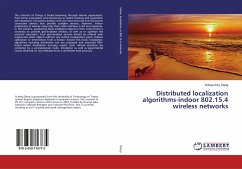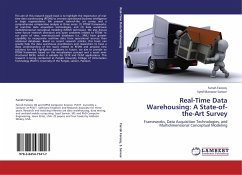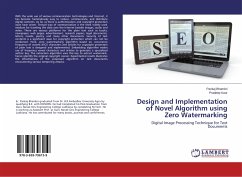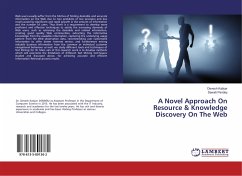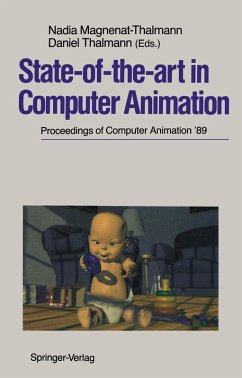
Indoor Localisation: State of the Art and Novel Algorithms
Particle Filter, Fingerprinting and Data Fusion for Opportunistic Indoor Localisation
Versandkostenfrei!
Versandfertig in 6-10 Tagen
39,99 €
inkl. MwSt.

PAYBACK Punkte
20 °P sammeln!
Indoor localisation systems are evolving towards systems that can take advantage of any readily available information in the environment. This type of localisation is called opportunistic localisation system. Some aspects of opportunistic indoor localisation systems, utilising received signal strength (RSS) measurement, need to be enhanced in terms of accuracy and usability. This book explains a learning data fusion algorithm based on a particle filter to increase the accuracy and usability of opportunistic indoor localisation system. The particle filter algorithm is improved with map filterin...
Indoor localisation systems are evolving towards systems that can take advantage of any readily available information in the environment. This type of localisation is called opportunistic localisation system. Some aspects of opportunistic indoor localisation systems, utilising received signal strength (RSS) measurement, need to be enhanced in terms of accuracy and usability. This book explains a learning data fusion algorithm based on a particle filter to increase the accuracy and usability of opportunistic indoor localisation system. The particle filter algorithm is improved with map filtering and backtracking particle filtering to further increase accuracy of the system. To address the usability problem, a learning data fusion algorithm was devised. This was able to automatically generate and calibrate a RSS fingerprint. The algorithm maintained the fingerprint up-to-date, thus achieving self-calibration of the localisation system. In addition, data fusion of different sensory data such as WLAN, pedestrian dead reckoning (PDR), ultrasound and wireless sensor network (WSN) was elaborated.



